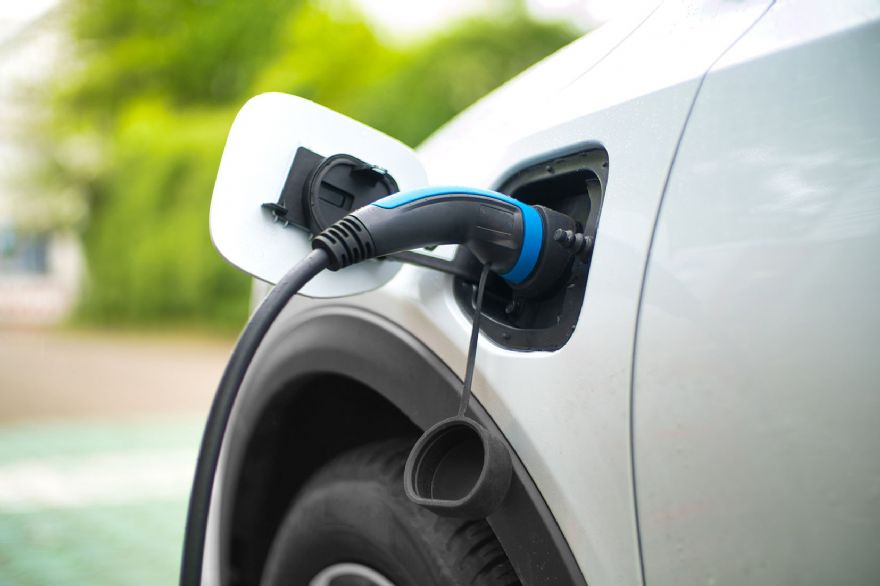
Recent analysis by the
Society of Motor Manufacturers and Traders (SMMT) revealed that the ratio of vehicle charging points to plug-in cars fell by 31% during 2020. The research shows that at the end of 2019, 11 plug-in vehicles potentially shared a standard public charging point capable of charging both battery electric (BEVs) and plug-in hybrid vehicles (PHEVs). In contrast, at the end of 2020, the ratio had fallen to one charger for every 16 plug-ins.
While most people currently purchasing an electric vehicle are likely to be able to plug in at home, on a driveway or designated parking bay, achieving net-zero requires all drivers to make the switch, including those who depend on on-street parking.
The SMMT says that plug-in vehicles continue to grow in popularity, accounting for around one in every six new cars registered in 2021. However, Britain’s ratio of plug-in vehicles on the road to standard public chargers has deteriorated to become one of the worst among the top 10 global electric vehicle markets at 16:1 in 2020. South Korea (3:1), the Netherlands (5:1), China (9:1), France (10:1), Belgium and Japan (both 13:1) all offer their EV drivers better coverage, although the UK does marginally outperform Germany (17:1).
Just 4,109 new standard public charging points were installed between January and September 2021, compared with 212,181 new plug-in car registrations, meaning only one new standard charger is being installed for every 52 new electric cars. There are also significant regional disparities in the current provision of standard public charging points. London has the best ratio of cars to chargers at 10:1, although this in itself fell from 5:1 in 2019.
Meanwhile, the East of England has the lowest availability, with just one standard public charger for every 49 plug-in vehicles. Wales beats the national average with a ratio of 12:1, while Scotland has 17:1.
Investments are being made in public charging with the Government’s Rapid Charging Fund allocating £950 million to rapid and ultra-rapid charging points, £620 million for zero-emission vehicle grants and infrastructure announced in the Net Zero Strategy, and a commitment that all new-build homes will include an electric vehicle charging point.
Mike Hawes, the SMMT’s chief executive, said: “Appetite for electric vehicles has never been higher, but making Britain a ‘net zero’ nation means convincing everyone, wherever they live, that an electric car can meet their needs. Those who can’t have their own home charge point need the confidence that they can still charge as conveniently as they can refuel.
“A deteriorating ratio of public charge points to cars will drain that confidence. Recent Government funding for infrastructure was welcome but more private sector investment in public charging points is needed across the country.”